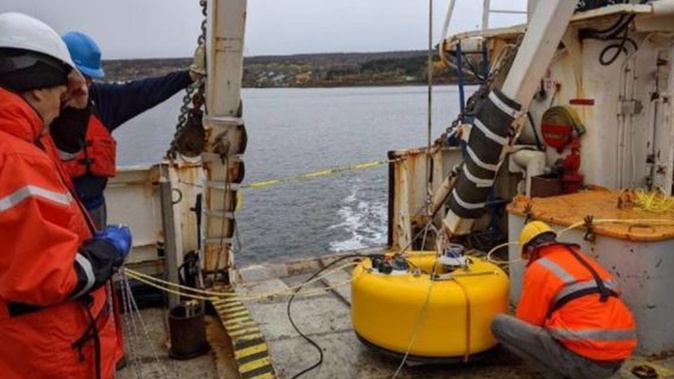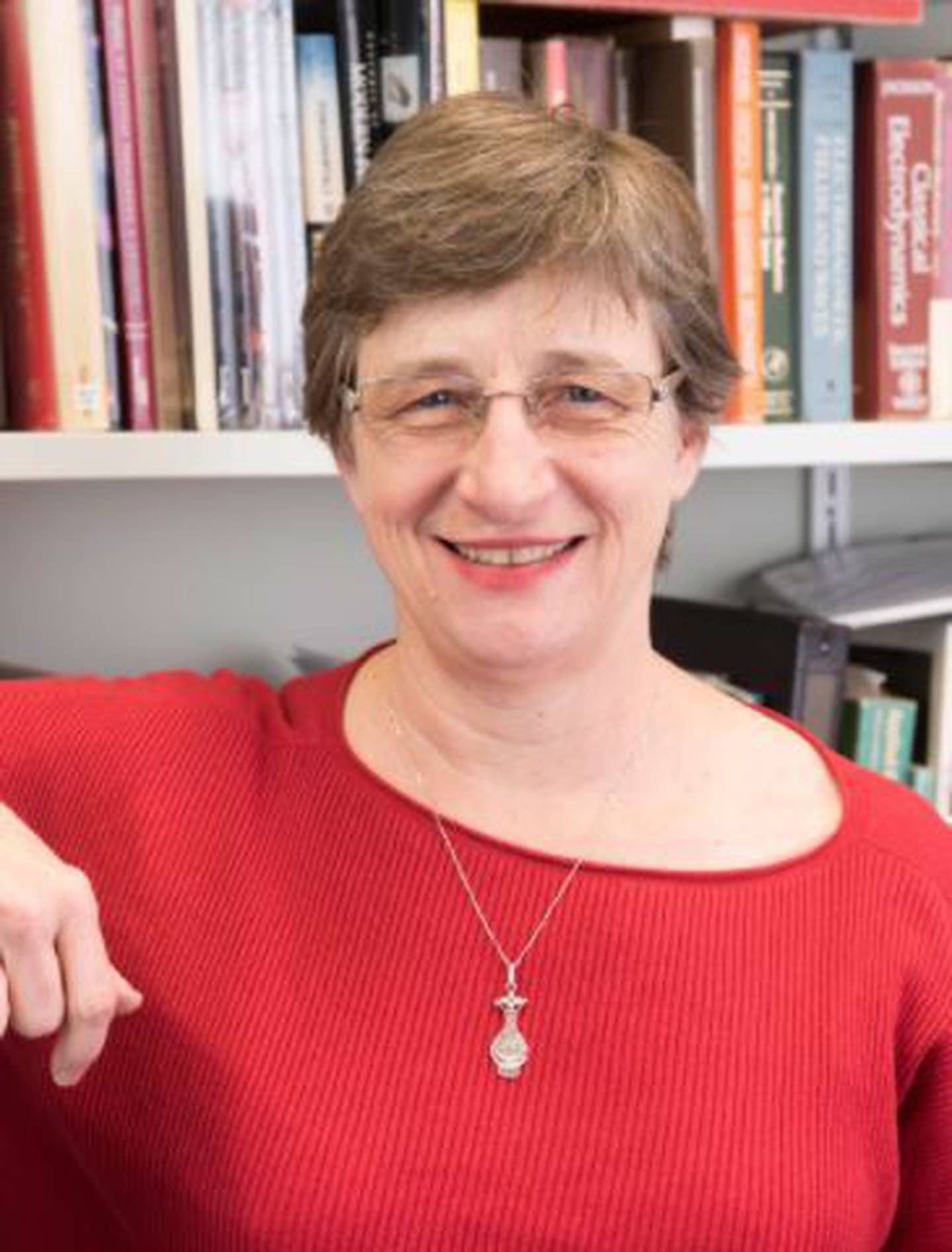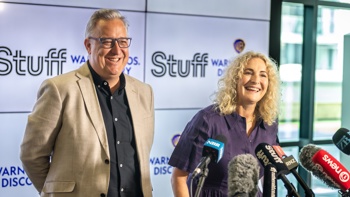
Scientists from Victoria University of Wellington, GNS Science and two Canadian universities will deploy 20 ocean-bottom seismometers to the Hikurangi Subduction Zone, early next year.
Team leader Professor Martha Savage, from the Victoria University of Wellington, said the seismometers will monitor how the Pacific Plate is slipping under the Australian Plate off Wellington's east coast – and how often earthquakes strike there.
"This is a big hazard for us because if it goes, it's going to go fast," she said.
"The result would be a large and sudden earthquake that could also trigger a tsunami."
Savage said while much of the fault was "locked", meaning the two plates were not slipping past each other, it was not widely known how often earthquakes struck there.
The seismometers will spend 12 months at the Hikurangi Subduction Zone – the longest deployment of the device in the "locked" area in the lower North Island.
Savage said scientists were "effectively blind" to small, offshore earthquakes, despite GeoNet's excellent monitoring of on-land quakes.
"The behaviour of these more frequent small earthquakes can tell us more about the larger earthquakes that occur less often."
"We're expecting to see 10 times more earthquakes than are currently reported."

Victoria University of Wellington Professor Martha Savage Photo / EQC
By having more information on how earthquakes cause tsunamis, GeoNet could better model how infrastructure can withstand the events, she said.
Her research was one of 13 recipients of EQC's 2022 Biennial Grants.
The scheme funds research that will lead to greater understanding of natural hazards and will identify ways to reduce their impacts on New Zealanders.
"EQC has previously funded research on the Hikurangi Subduction Zone, but Professor Savage's work will hopefully add another valuable piece to that puzzle," EQC research manager Dr Natalie Balfour said.
Balfour said the commission funded about $20 million in natural hazard research every year, including funding GeoNet, to minimise the impact of future events.
- by RNZ
Take your Radio, Podcasts and Music with you








